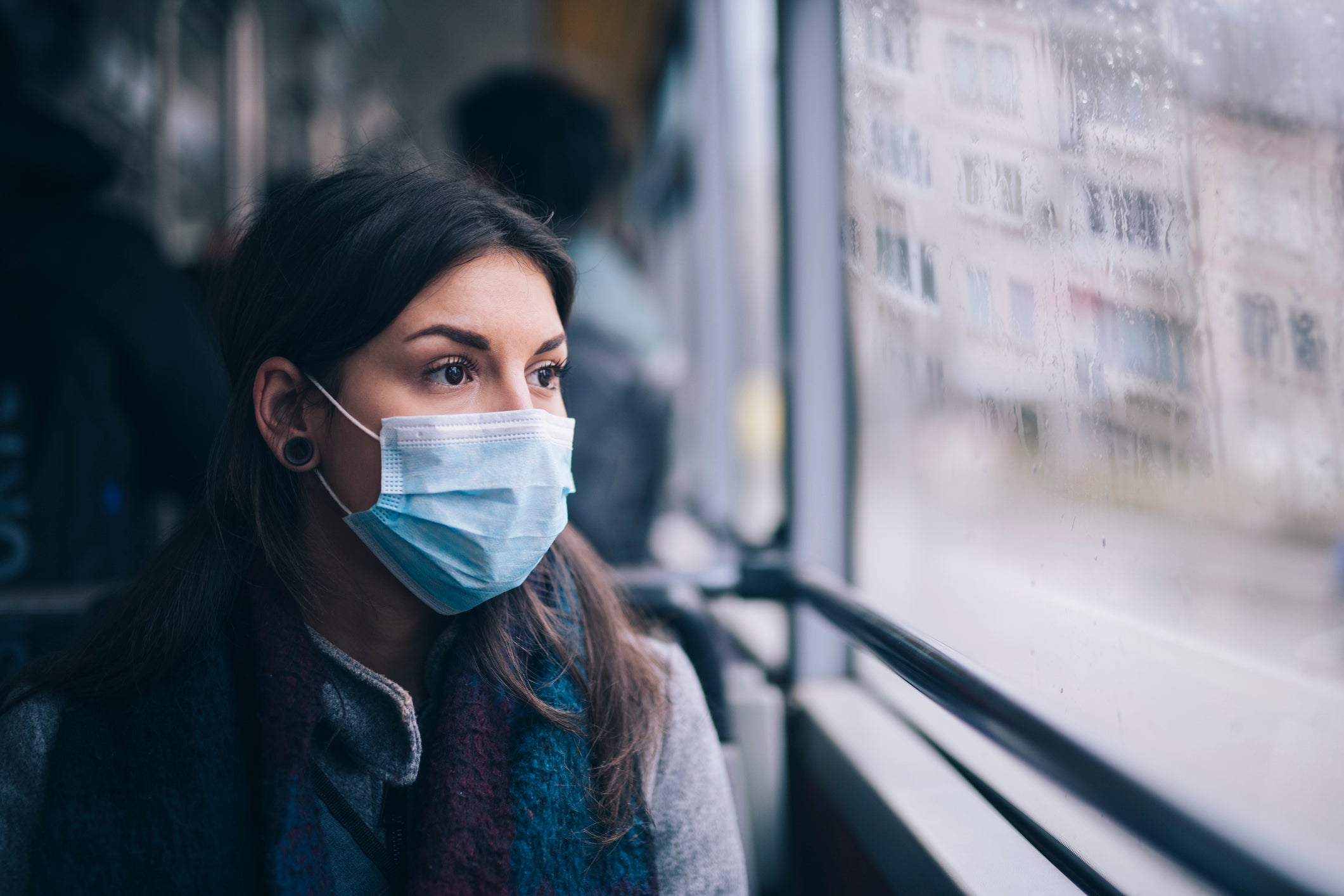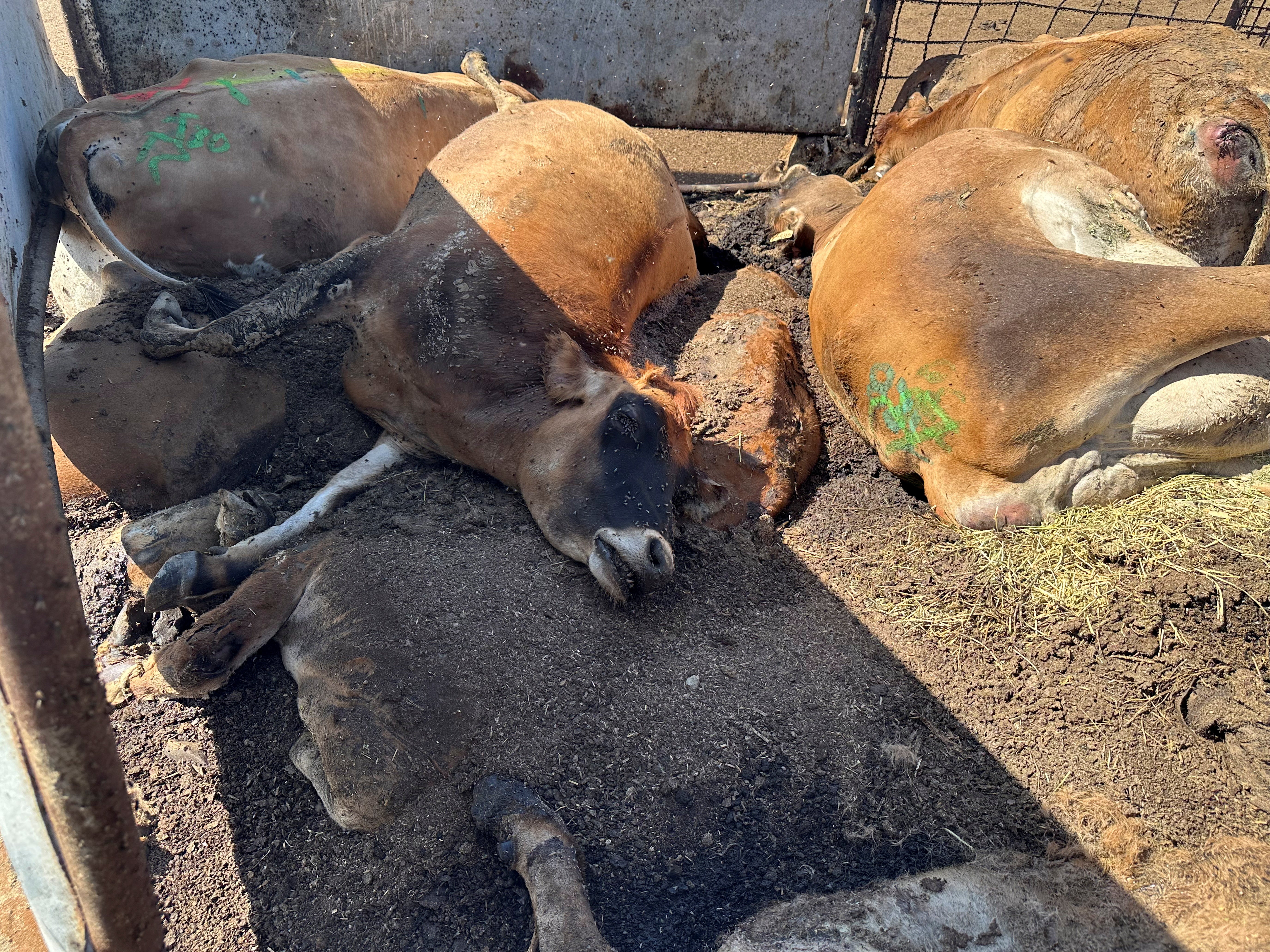The Independent's journalism is supported by our readers. When you purchase through links on our site, we may earn commission.
CDC post asking Americans to mask up for flu season draws ire from social media users
Wearing a mask helps to prevent the spread of respiratory illnesses, according to Centers for Disease Control and Prevention
Social media users slammed the Centers for Disease Control and Prevention after the federal agency shared a post recommending Americans wear a mask to help protect themselves against catching the flu.
“The best way to reduce your risk from seasonal flu is to get a flu vaccine but preventive actions like taking steps for cleaner air or wearing a mask are two additional ways you can protect yourself and others this fall,” the CDC said.
“Ugh go away,” responded X user @lovelycoconut.
“We are not wearing masks in big 2024,” said @NewBootScoobin. “P**s off.”
A third user tried to get the attention of the platform’s Community Notes contributors, who work to provide context on “potentially misleading posts.”
And, another hit at the effectiveness of this year’s flu shot, citing a recent article in USA Today that detailed research finding this season’s trivalent influenza vaccine reduced the risk for hospitalization by 34 percent. The report cited a Johns Hopkins Bloomberg School of Public Health associate professor who said experts typically expect that number to be around 50 percent. February data had found vaccines from last season had been 42 percent effective.
“It’s a little bit disappointing,” Dr Kawsar Talaat said. “This is on the lower end of what would be expected but not outside the range.”
Dr Jeremy Faust from Boston’s Brigham and Women’s Hospital pointed out that the figure is an average in an op-ed in The New York Times last week.
“Effectiveness also varied by age and other risk factors, and most likely differed based on when in the season people got their shots. It was 31 percent effective in older people and 59 percent effective for young adults with medical comorbidities, another important target group,” he said.
As vaccine effectiveness wanes over time, he advised people to wait for the next month or so and pointed out that many who have already gotten vaccines have lingering immunity. People who reliably get flu shots every year may have cumulative benefits. This year’s version protects against swine flu, the H3N2 virus, and a B/Victoria lineage virus.

The CDC says the best way to reduce the risk of seasonal flu remains getting the vaccine, but that preventative actions can also help to prevent respiratory illness. They instruct people to cover their mouth and nose, as influenza viruses are believed to spread mainly by droplets that are made when people sickened with flu cough, sneeze, or talk.
“Wearing a mask is an additional prevention strategy that you can choose to do to further protect yourself and others. When worn by a person with an infection, masks reduce the spread of the virus to others,” it says. “Masks can also protect wearers from breathing in infectious particles from people around them.”
Many people had fairly partisan reactions to mask recommendations during the height of the Covid pandemic. Many questioned their effectiveness in preventing the spread of Covid, with studies since then reaffirming guidance from health officials.
An Ohio Republican Senate candidate posted a video of himself burning a mask in 2021, with the caption: “Freedom.”
Currently, CDC wastewater activity for the Covid is low across the US and deaths are trending down. But, California counties have issued new mandates in health care settings this month.

Last year, more than 44,900 people were estimated to have died from flu complications.
Across all US states and territories, influenza levels remain minimal. But, peak flu season doesn’t hit until December and lasts through February.
Some social media users hypothesized that the CDC’s posts could be in response to recent human cases of H5N1, which is colloquially known as bird flu. California cases have recently surpassed double digits, and around 120 herds of livestock have also been infected.
“I suspect they are attempting to (badly) prepare the public for bird flu…” said @mo_journeys.
“CDC soft launching masks again as H5N1 continues to pose more and more problems,” wrote @veggiequeen420.
The first known case of transmission to a human in the US occurred just two years ago. While the CDC is watching the situation carefully and working with states to minimize exposure to H5 bird flu, it says the current public health risk is low. Japan, however, recently raised its risk to the highest level. More than half of cases worldwide from 2003 to April of this year resulted in death, according to the World Health Organization.
Join our commenting forum
Join thought-provoking conversations, follow other Independent readers and see their replies
Comments
Bookmark popover
Removed from bookmarks